Falcon Loudspeakers (by Falcon Acoustics) F50 British 2-Way “Shoebox” Monitor Loudspeaker
If You Love Recordings of the Human Voice, This Just Might Be THE Loudspeaker For You!
Author’s Prefatory Note: For the time being, this wonderful little Made-in England compact monitor loudspeaker should be thought of (at least, in my estimation) as a Limited Edition, Special Edition, or something of that nature. I have been informed that the first production run was only 50 pairs. Furthermore, for now, there is only one North American sales outlet (in fact, the only sales outlet), that being Fidelis AV in Nashua, New Hampshire.
So, why should you keep reading? First of all, believe it or not, I think that the Falcon Loudspeakers F50 (“F50” sounds like the name of a not-yet-built US fighter jet), and which, at $2,495, is loosely in the same sub-$3,000/pr. price tier as the Philharmonic Audio BMR Monitor I reviewed last time out, really is a respectable alternative to the much larger, three-way BMR Monitor ($1,900/pr. and up, depending on finishes; but, currently out of stock, because of a few great reviews). Despite the F50’s having only a (nominal) 5" woofer. And, even if the F50 costs more.
It all depends upon which virtues are more important to you, and which vices are less important to you..
Here, I try to express my justification for that claim, in true “Yoda Writes a Haiku” Style:
Than the BMR Monitor,
Much less, the F50 ‘bites off;’
But, it chews a little more thoroughly.
(My apologies in advance, if you get that mental image stuck in your heads.)
The other reason you should keep on reading is that, at the moment, the Falcon F50 is being value-priced at a $2,495 the pair, which is made possible by its at-present tight distribution chain. Without question, a non-trivial chunk of that US retail price of today is because of tariffs, as well as the comparative weakness of the US Dollar.
Worse, nobody can guarantee that things will not get worse. (Please pray for America.)
Importer Walter Swanbon offers the observation that, in today's world, the F50's competition is in the $3k-to-$4k range. Obviously, those competitors are legacy/heritage/prestige brands from Europe. There is no shortage of small passive 2-ways on Amazon at under $500/pair. And not all of them look totally bad.
But, sometimes, you do spend more, and then you do get what you had paid for.
I completely understand if you find yourself wanting to channel The Divine Miss Julia Fordham for a moment, and mutter, “The world needs one more British shoebox-sized monitor loudspeaker with a (nominal) 5-inch-ish woofer and 1-inch-ish tweeter, like it needs a hole in its head.”
If my Julia Fordham reference mystifies, please click over to my Tracking Angle Philharmonic Audio BMR Monitor review, and scroll down until you see a couple of YouTube embeds of Miss Fordham. I have always been completely and totally charmed by her.
I am completely aware that the consumer-product category of “British shoebox-sized monitor loudspeaker with a (nominal) 5-inch-ish woofer and 1-inch-ish tweeter” came about through pure Serendipity; that is, from unexpected good fortune.
Here’s why I keep mentioning “nominal.” From the outset, the woofer in this class has been 110 millimeters. That translates into 4.331 inches. Nobody asked me, but that appears to have been enough of a bump-up for the BBC, etc. insiders to think of it as a 5-inch woofer, and not a 4-inch woofer.
The Brutish Broadcopping Castration (oops—please blame Brian Jacques for that particular bon mot) erm, the BBC… felt the need for a compact monitor loudspeaker suitable for the cramped quarters of their OB/Outside-Broadcast location-recording vans. The result was the BBC LS3/5 of 1970, which was an in-house, short-run, non-commercialized design—approximately 10 pairs. "Mighty oaks were once little nuts," I guess.
The LS3/5’s design goals were “timbral neutrality and naturalness,” and “good” dynamic range. However, we must remember that those goals were pursued within the context of a very confined listening space—the back of a small commercial van, with an equipment board/work surface hard up against one lengthwise inside wall of the van. In most such implementations, the monitoring loudspeakers would have been within arm’s-length reach of the mix engineer’s position.
Therefore, the LS3/5’s original design brief assumed extreme nearfield listening; and, in a remarkably small space. My guesstimate is that the back of a BBC “OB” van had an enclosed volume of about 25% of that of the smallest home-listening rooms. Or less. I have read that the original critical-bandwidth design target for the BBC OB Monitor was 400Hz to 20kHz. Yikes.
Now, you might be able to rationalize that away by the fact that, yes indeed, a certain amount of the content being recorded (or relayed for live broadcast—I can remember when the feeds for the Saturday-afternoon Texaco Metropolitan Opera live radio broadcasts were relayed by telephone lines) would have been Spoken Word.
But c’mon, the lowest open string of an electric bass guitar is 41.2Hz. (Yes, I am aware that that note has a “Weak Fundamental,” and that the octave harmonic at 82Hz is as much as +6B louder.) In the event, at least judging from the later-commercialized LS3/5A design, the BBC did much better.
John Atkinson has estimated in Stereophile magazine that the -6dB point of the LS3/5A and its descendants is circa 76Hz. All Things Considered: Not bad at all, from a 12 x 7.5 x 6.25 inches (5 Liter) shoebox. And with a woofer that is closer to 4 inches than to 5 inches. (Sorry, guys.)
And, 76Hz is lower than the 82.4Hz “Strong Harmonic” of the lowest open string of an electric bass guitar. Low E = 41.2Hz is almost always the lowest note in the past seventy years of Pop and Rock music, excepting only recordings with a synth-bass overlay, such as Madonna’s “Ray of Light.”
Note, after the first batch of LS3/5s were spoken for and gone, it became known that KEF, the vendor for woofer and tweeter, had discontinued both. Therefore, the LS3/5’s crossover design had to be re-done for the replacement drivers. That is why the commercialized version, from 1975 on, was badged as the LS3/5A. Slightly confusingly, the driver product names, B110 and T27, remained the same. But KEF’s in-house version numbers changed. I assume that the B in B110 is for the Bextrene plastic woofer cone, and the T in T27 is for “tweeter.”
Back to the original BBC small monitor’s context and design.
I think that the fact that the LS3/5 was designed to be listened to in the back of a small commercial van is the reason that its box alignment was sealed, and not ported. Both modalities have their strengths, and their weaknesses.
Ported designs can provide bass at greater sound-pressure levels. But, the “catch” is that, for frequencies below the box-tuning frequency (e.g., circa 41Hz, for a mid-sized ported box with a 6.5-inch woofer—which has more than twice as much frontal area as a 4.33-inch woofer), ported enclosures drop off about twice as fast as sealed enclosures.
Sealed enclosures don’t have bass as “strong” as ported enclosures; but their bass extension below the box-tuning point is deeper, and rolls off more slowly.
Furthermore, because the sealed enclosure is coupled to the air in the room at only one point—the woofer—its in-room behavior is less complicated (and more manageable) than ported designs’. Ported designs couple to the air in the room at two points: the woofer, and the port or ports.
It seems obvious that those interactions might wander off in the direction of chaos, depending upon the proximity of room boundaries, and the distance to the listening position. By which I mean, that which holds true for the back of a BBC van, might not hold true for the dining room of a mansion in Newport, Rhode Island.
By the way, back in the day, more than 20 years ago, I did produce a “Live-vs.-Recorded” Listening Event in the Grand Dining Hall of one of the grandest mansions in Newport. Michael Fremer was kind enough to attend. The room was 30 x 60 x 15 feet!
So, obviously, I think that the BBC engineers nailed it—but only for the back of a van; and not necessarily for regular peoples’ listening rooms.
And that is where the big Parting of the Waters happens, in BBC-Heritage Small-Monitor Land. (Monitorstan?)
The division is between designs that continue the BBC OB-Monitor tradition of sealed enclosures; and the later (non-licensed, obviously) ported designs that do less bowing to ancestry and to tradition. But those non-BBC designs, dare I say it, might overall be a better solution for home listening. Such as, in a room with dimensions 10 feet wide, 13 feet long, and 9 feet high. Which is several times larger than the inside of a BBC OB Van.
All of the above has been this former trial lawyer’s attempt to convince you, the jury, that someone, anyone who dares to put ports or vents in a small British monitor loudspeaker is not, just because of that, a Bad Person.
He actually might be on the better path! Or at least an equally-valid path.
History tells us that it did not take long for those who did not wish to pay license fees to the BBC, boldly to strike out and offer to the public Shoebox 5/1 (nominal 5-inch,1-inch) monitors in ported designs
I think the most memorable of those was the ProAc Tablette. The Tablette’s “Unique Selling Proposition” was that its port tubes were filled with short “stirrer straws,” in an effort to make the airflow in the port more “laminar,” especially at higher listening levels. The Tablette was introduced in the late 1970s, and is still being offered, in, I believe, its eleventh iteration. (Along the way, there have been several design variations, such as one port tube versus two.)
The LS3/5A’s external dimensions were 12 x 7.5 x 6.25 inches. For the Tablette, ProAc tightened things up a bit (at least visually), to 10½ x 6 x 9. That said, the external volume displacements of both designs are within 1% of each other.
Turning now to the actual subject of this review; The Falcon Loudspeakers F50 has external dimensions of 11 x 6.25 x 9. (The Width is actually 6 +5/16th, but I rounded it down.)
The driver complement consists of Falcon Acoustics’ own self-made version of the venerable B110 woofer, and a customized SEAS ¾-inch soft-dome tweeter. Claimed Frequency Response is 60Hz to 25kHz. Sensitivity is 86dB. Crossover data: @3kHz; woofer 12dB/oct.; tweeter 18dB/oct. The cabinet has two 1.125-in. (I.D.) port tubes on its rear panel (no straws provided, alas). There is a single pair of high-quality binding posts. The cabinet is veneered in sustainably-grown walnut, with a finish that is closer to matte than to gloss. Fit and finish are very good. Magnetic grills provided; I ignored them.
To put the F50’s 60Hz-to-25kHz Frequency Response into context; or, at least, the context of Falcon Loudspeakers's other offerings, the M10 loudspeaker is a couple of inches larger in all dimensions; and it has bass extension down to 40Hz (+/- 3dB). But, the M10’s price is $3,495 the pair.
$1,000, for 20Hz more bass. I blather on; but you decide.
For those of you who are pining for the straws: I have used port-tube straws in a few of my monitor-loudspeaker designs over the years. Here’s one example:
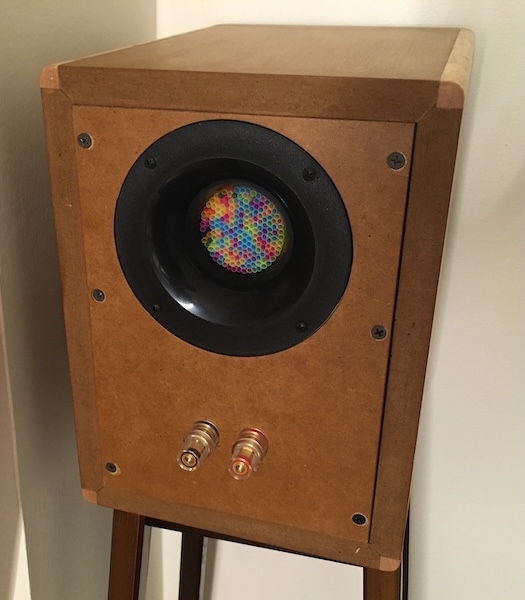 Amazon will gladly meet all your port-tube sipper-straw needs. My fave is here.
Amazon will gladly meet all your port-tube sipper-straw needs. My fave is here.
Of course, I had to experiment!
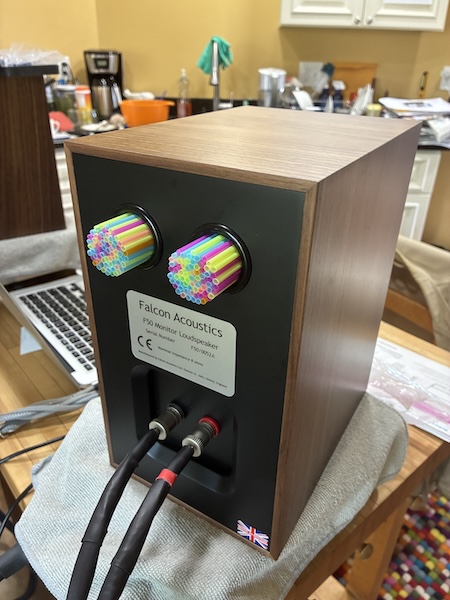 My F50 Sipper-Straws Test Track was “Honeysuckle Rose.” That is the first track from Jane Monheit’s 2003, largely “standards” album Taking a Chance on Love.
My F50 Sipper-Straws Test Track was “Honeysuckle Rose.” That is the first track from Jane Monheit’s 2003, largely “standards” album Taking a Chance on Love.
Bassist Christian McBride nearly steals the show from Jane. The producers were Peter Asher (of "Peter & Gordon" fame!) and, Al Schmitt. Bravi!
If you want a great bass test track, this is it. Jane’s vocals aren’t chopped liver, of course.
 And the verdict is?
And the verdict is?
I liked it!
To me (and, I always suffer from Confirmation Bias): With the straws in, the bass was slightly more articulate and controlled. Of course, one Carbon-Based Life Form’s “Slightly more articulate and controlled bass” is another CBLF’s “John, what is really happening is that there is less bass.” If you buy a pair of Falcon F50s, obtaining the necessary stirrer straws will cost you not much money at all, especially if you have automatic Free shipping with Amazon.
I should note the associated equipment.
The source was Qobuz, via my Apple laptop computer. Grace Designs’ m900 did the DAC honors—that little unit lacks balanced outputs and remote control, but you can’t beat its $660 Sweetwater street price. ArgentPur cabling connected everything together, including a 4-outlet solid silver contacts power block, and power cables, for way more money than the loudspeakers. The oomph came from ArgentPur’s Monobloc GaN-FET-based mono power amplifiers, at $5900 the pair—Sublime! As shown in the top photo.
Abraham Begat Isaac
So, how did we get here, anyway? Like many corporate stories in audio, there’s an “Abraham begat Isaac,” back in the mists of time. In the early 1970s, Stewart Tyler was a young music lover with, one must infer, a certain amount of technical training. I say that because he had access to an anechoic chamber; and, he designed his own crossover from scratch.
Stewart took his pair of home-made speakers, which were 8-inch two ways (in that he wanted to avoid the phase and integration problems that 3-ways often suffer from) to his local Hi-Fi store. That 8-inch two-way, by the way, was the first speaker with the sipper-straw port-turbulence fix. The chaps at the Hi-Fi store were so impressed, that they told Stewart that if he could supply the speakers, they could sell them. So, Stewart made three more pairs, which reportedly sold all the same day.
A business thusly was born; its original name was “Celef.” Because the speaker had a Celestion tweeter, and a KEF woofer.
Later on, when Stewart began designing with professional-audio drivers courtesy of the UK firm ATC, in 1979 he came up with the new name of ProAc, for Professional Acoustics.
The connection to Falcon Acoustics is that Falcon’s chief designer Graeme Bridge got his start at ProAc, working there for 16 years. Stewart Tyler died in 2021. Graeme Bridge recalled, “There isn’t a day that goes by that I don’t remember Stewart with gratitude and affection.”
Because the ProAc Tablette 50 was the first loudspeaker Graeme built (I believe that was in the sense of, as a production worker) when he arrived at ProAc (in 1996), Graeme and Falcon Managing Director Jerry Bloomfield decided that Falcon’s fresh take on the Tablette 50 would be their homage to Stewart Tyler. Bravi.
So, John, how do they sound? Gee, they sound like an improved version of the old ProAc Tablette! Back then, the deal-breaker for me was the Tablette’s tipped-up tonal balance. That’s totally absent in the new homage loudspeaker. Indeed, in my listening notes, the only note in all-capital letters was “DELICACY.”
There is absolutely no lack of detail; but there is, I think, an obvious increment of delicacy. That might work for you, or not.
My view is that when we talk about detail, the perception of detail is the result of a combination of timbral (frequency balance), spatial (localization), and dynamic attributes. In the F50s, I don’t hear any lack of treble. Imaging is laser-like. What I do hear, is a (very welcome!) total lack of an Exaggerated Jump Factor. (Overheated Dynamics.)
For me, an Exaggerated Jump Factor is as much of a deal-breaker, as is an artificially tilted-up treble balance. Of course, I am well aware that an Exaggerated Jump Factor is a good way to sell loudspeakers, during a 15-minute demo session.
Now, why would I caveat (I just turned that noun into a verb) that the F50’s delicacy might work for you, or not? It’s a combination of room acoustics, associated equipment, and listening preferences, but mostly, preferences.
The demo track I have played most of all is Ella Fitzgerald’s 1956 mono “Easy to Love.” I also have listened to quite a few various versions of Richard Strauss’ art-song setting of Mackay’s poem “Morgen!” If those are total Nothingburgers for you, and/or your favorite test track is Stevie Ray Vaughan’s “Tin Pan Alley” played really loud; then, the F50s might not be for you.
In a brief side-by-side comparison with Philharmonic Audio’s BMR Monitor, of course, the BMR Monitor, with its twice-as-large woofer, and three-times-larger cabinet, and much larger port, blew the F50 into the weeds, bass-wise.
I’d say midrange and treble, as between the two loudspeakers, were more similar than different. With the small difference that, I think that the F50’s midrange-through-treble was more coherent, and slightly sweeter.
The reasons why? I can only guess. First off, three-way designs are inherently more complicated. That is, the BMR’s midrange is handed-off-to by the woofer, and then the midrange hands-off-to the tweeter.
Whereas, the F50’s woofer covers a range from 60Hz through 3,000Hz. That, obviously, has both plusses and minuses. Finally, the BMR’s ribbon tweeter might be a little on the cool or analytical side, or at least by comparison.
To put the F50’s woofer’s work load into musical context, that B110 woofer has to reproduce the Low B at 61Hz that is the second stopped note on a bass’s second string, which string is Low A = 55Hz.
And then, the F50’s woofer has to cover all the notes up to the G in the Seventh Octave, which is Key #83 on an 88-key piano. That’s known as “Running Out of Piano Keys.”
As I said way up top, it all depends upon which virtues are more important to you, and which vices are less important to you. I found listening to the F50 to be rather addictive.
Keeping in mind that my listening was heavy on the vocals, male as well as female. You will be able to tell that, from the Qobuz Falcon F50 Demo Tracks playlist I put together.
If that Playlist has one “Must Hear” New Discovery track, it is Barbara Bonney’s piano-only R. Strauss Mackay poem vocal setting “Morgen!”
My three most revered symphony conductors are Klaus Tennstedt; Sergiu Celibidache; and Carlos Kleiber. All three excel at “Pulling the Taffy”—that is, lingering over beautiful phrases. Barbara Bonney’s with-piano “Morgen!” has that, in spades. Don’t miss out.
Oh, I specify “piano only” because, ever since Fritz Kreisler’s heyday in the 1920s, many piano versions of “Morgen!” also have violin (or cello) as an obbligato instrument.
In true music-jargon fashion, the literal translation of “obbligato” is “obligatory.”
But, in real life, “obbligato” really means “Optional.”
And I am just as happy that Miss Bonney did not take that option. I didn't’t want anything to distract me from the radiance of her voice.
Can you tell that I am kinda-sorta in love, with the Falcon F50s?
The last word: Speaking in the Corporate Plural, Fidelis/Nexus Group's Walter Swanbon says, “We think that these are some of the most ‘special’ mini-monitors that we have ever experienced.” I am in no position to argue with that.
For what they are: Highest Recommendation.
John Marks is a multidisciplinary generalist and a lifelong audio hobbyist. He was educated at Brown University and Vanderbilt Law School. He has worked as a music educator, recording engineer, classical-music record producer and label executive, and as a music and audio-equipment journalist. He was a columnist for The Absolute Sound, and also for Stereophile magazine. His consulting clients have included Grace Design, the University of the South (Sewanee, TN), Steinway & Sons, and the Estate of Jascha Heifetz.
Specifications
Falcon F50: 11 x 6+5/16th x 9 inches (H x W x D)
Circa 13.75 pounds each
8 Ohms nominal Impedance
Frequency Response 60 Hz - 25kHz
Sensitivity 86dB (2.83v/1M)
Manufacturer Information
Importer/Retailer Information
Fidelis AV
Nashua, New Hampshire
https://fidelisav.com/products/speakers/f50s
email: marc@fidelisav.com
phone: 603-880-4434


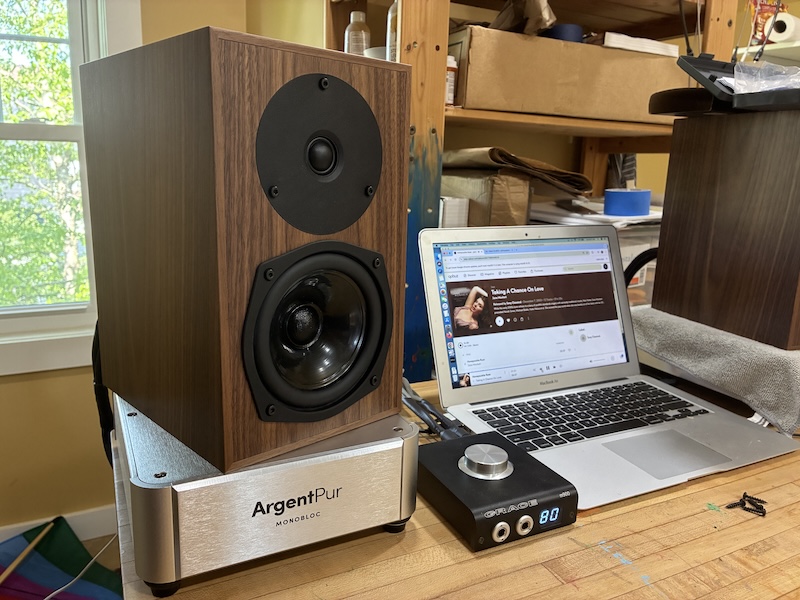

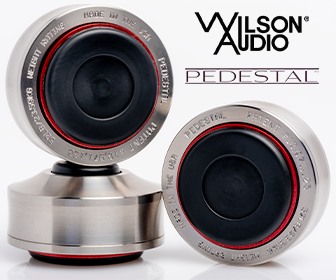
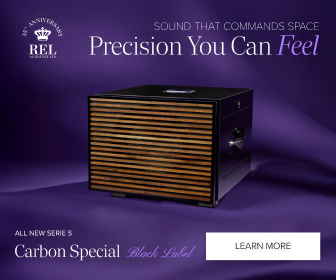
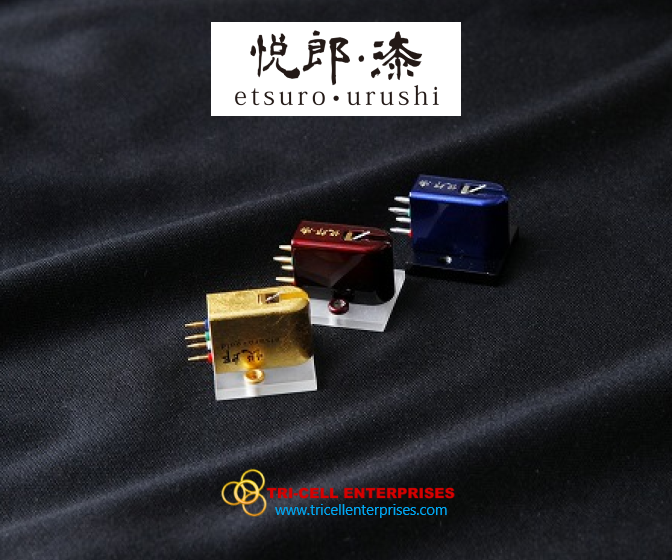

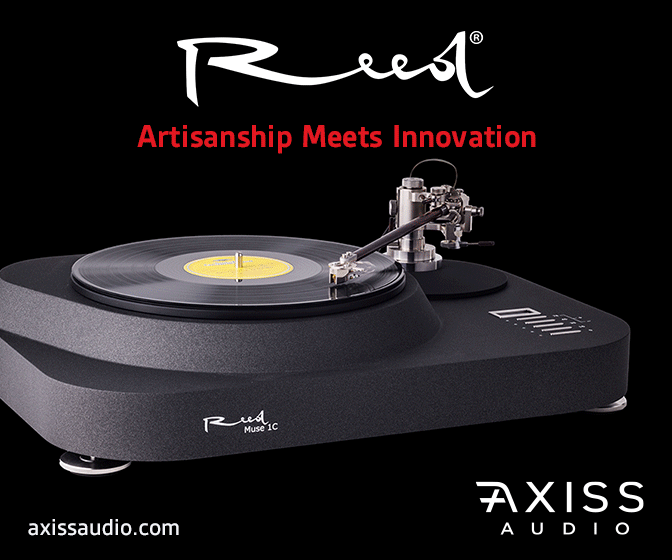
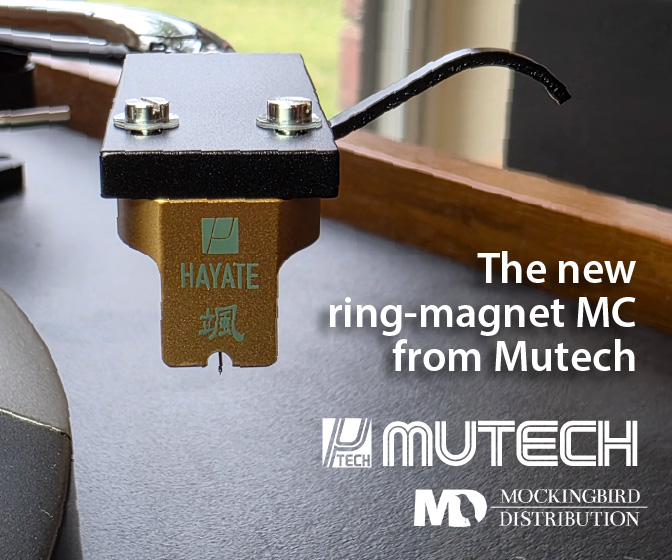
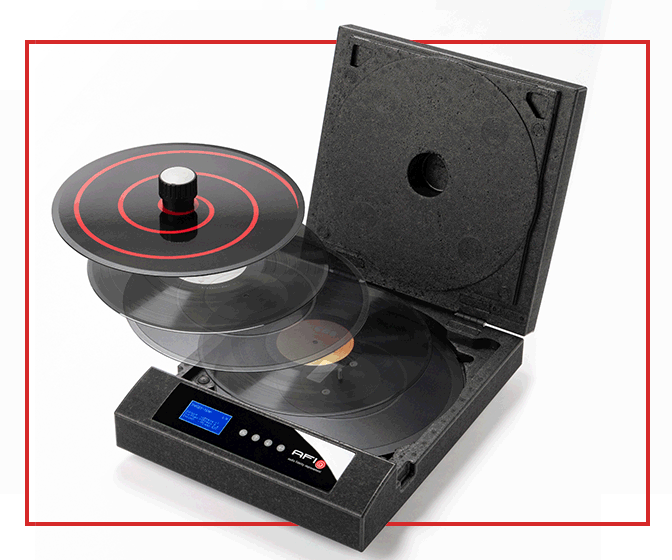







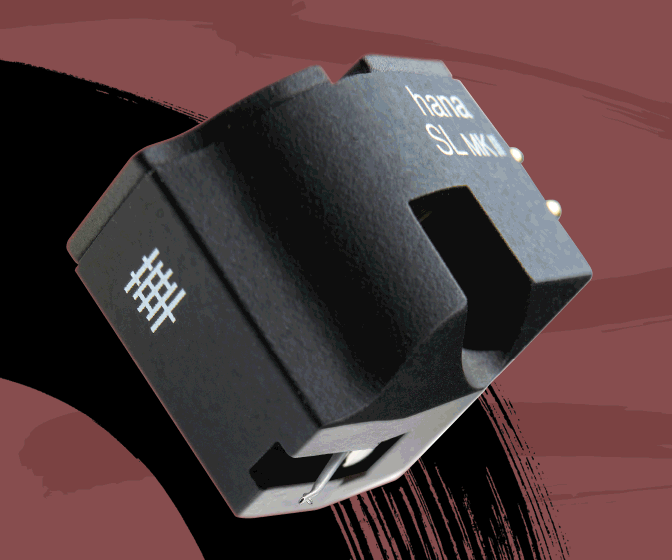

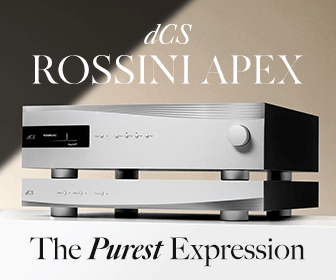
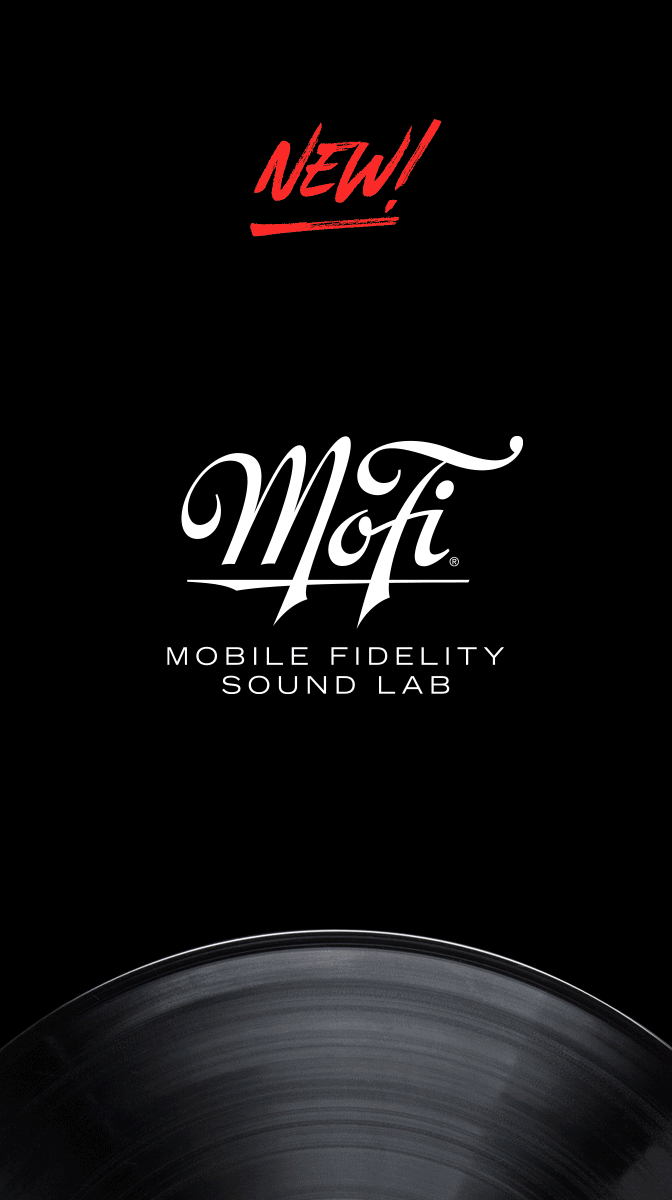

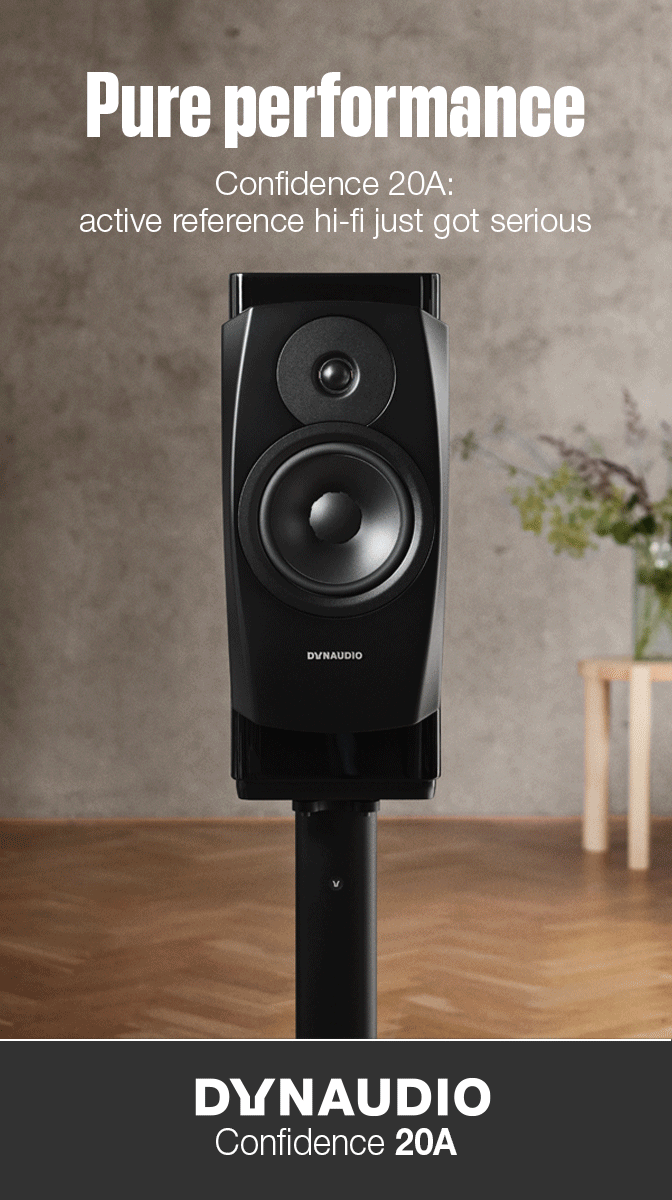
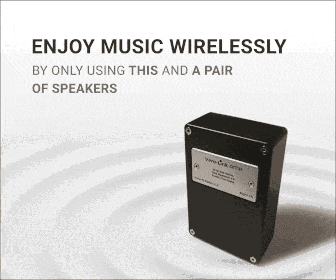
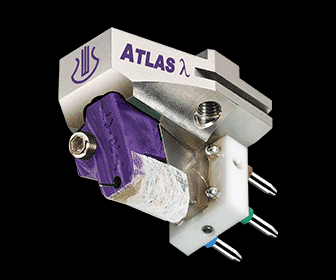

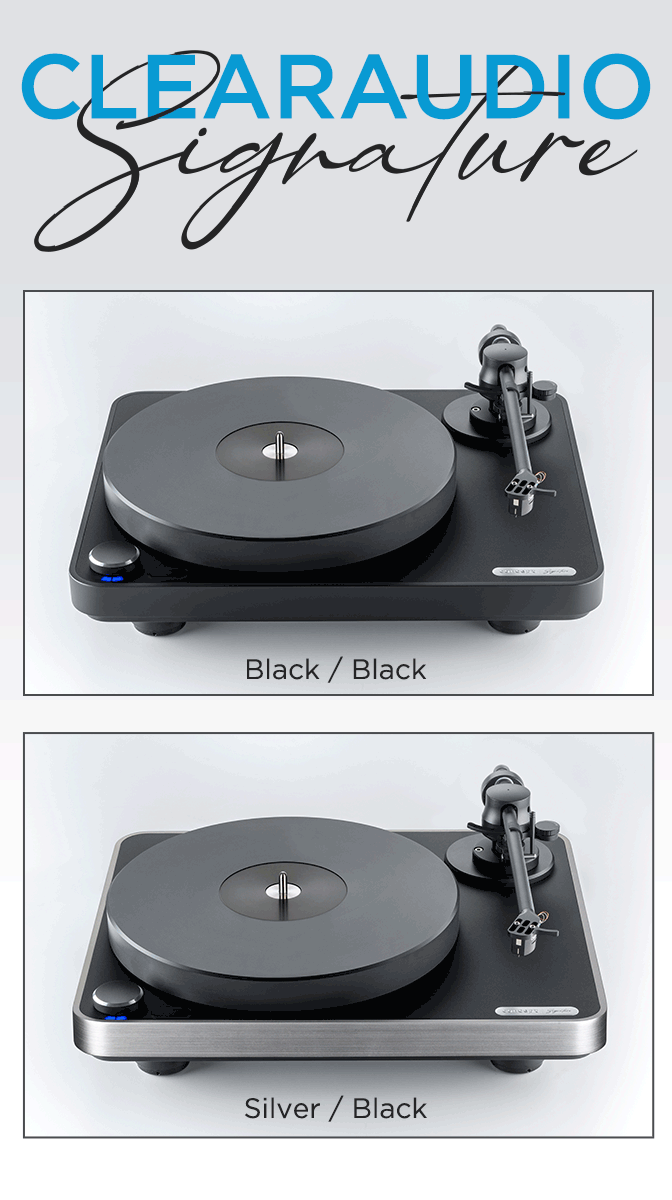


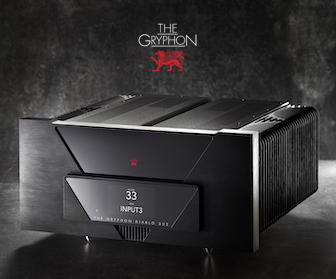
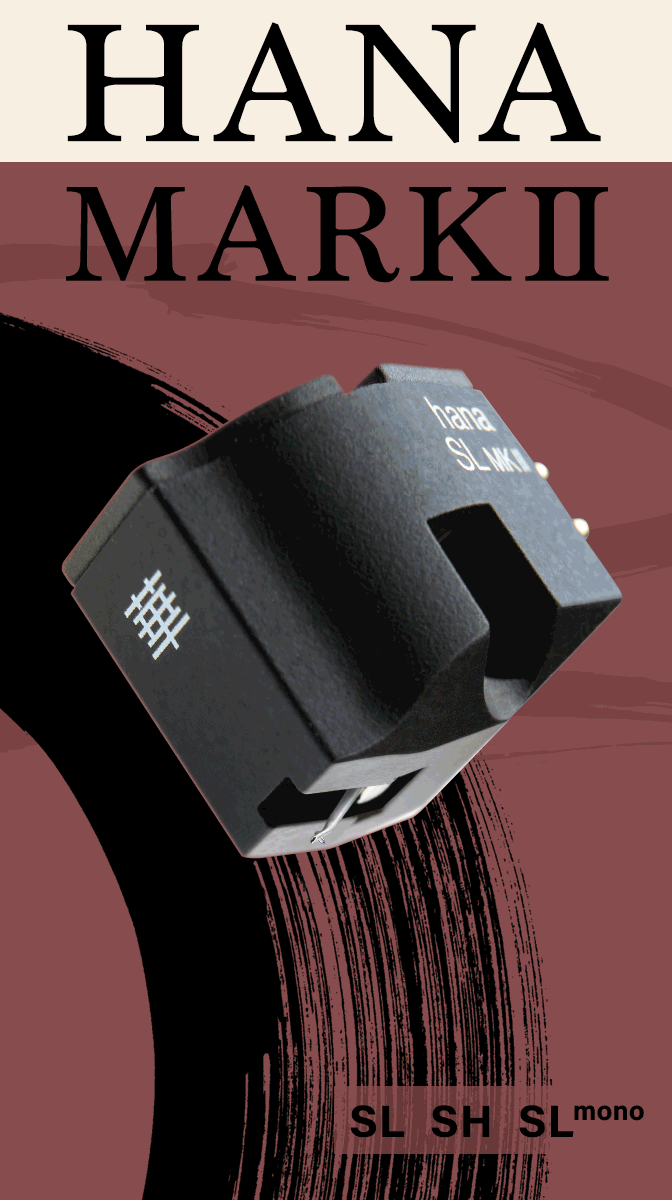


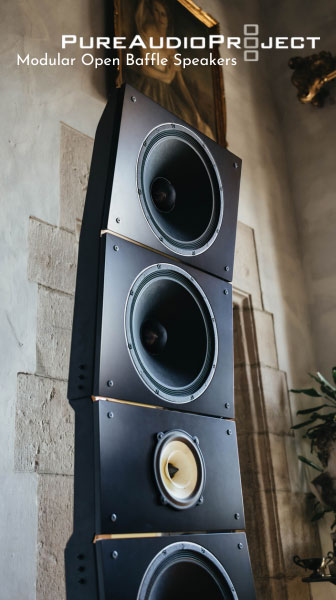






.png)








